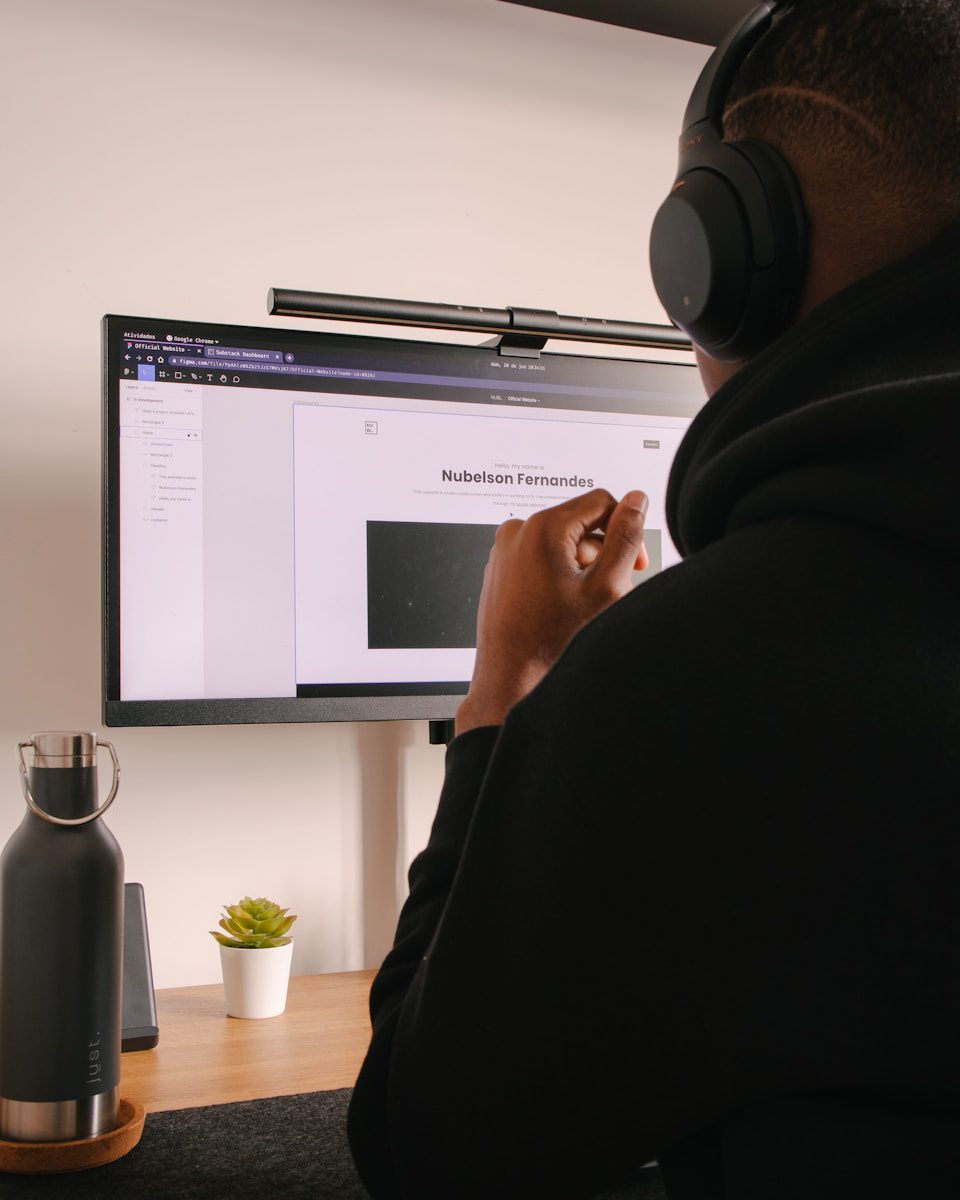Having a strong online presence is a must for any business. But it’s not enough to just launch a website and call it a day. To really succeed, you need to keep improving it, especially when it comes to User Interface (UI), User Experience (UX), and Search Engine Optimization (SEO). Why ongoing optimization of these areas is so crucial for keeping your website performing at its best and staying ahead of the competition?
Why UI/UX Matters in SEO
User Experience (UX) and Its Impact on SEO
User experience (UX) is all about how visitors interact with your website. It includes everything from how easy it is to navigate your site, to the intuitiveness of its design, the relevance of its content, and how well it functions overall. A good UX leads to longer visits, fewer people leaving right away, and higher conversion rates—all of which are key for SEO success. Search engines like Google are placing more and more importance on how seamless the user experience is, which means a well-designed UX can directly boost your search rankings.
User Interface (UI) and Its Role
The user interface (UI) is the part of your website that people interact with directly—like buttons, menus, and the overall look and feel. A clean, well-organized UI makes it easy for users to find what they’re looking for, which enhances their experience and keeps them on your site longer. This better interaction can lead to improved SEO, as search engines reward websites that keep users engaged and satisfied.
Strategies for Continuous Optimization
Integrating UX and SEO
- Research and Feedback: The key to continuous improvement is knowing what your users want. Regularly collect feedback through surveys, usability tests, and analytics. Pinpoint the areas where users are having trouble or where improvements can be made. By listening to your users, you can ensure that both your UX and SEO strategies stay aligned with their needs.
- On-Page SEO Practices: On-page SEO isn’t just about keywords—it’s about optimizing every element that users interact with. Make sure to use clear headings, meta tags, and alt text for images to enhance both your search engine visibility and user experience. Focusing on both content and functionality ensures your site is friendly to users and search engines alike.
- Responsive Design: With more than half of web traffic coming from mobile devices, having a responsive design is crucial. A mobile-friendly site that works well across different devices not only improves the user experience but also aligns with Google’s mobile-first indexing, giving your SEO a boost.
- Site Speed Optimization: Speed matters—a lot. Techniques like optimizing images, reducing code bloat, and using lazy loading can make your site load faster. Faster pages mean happier users and better SEO, since site speed is a key factor in search rankings.
- Clear Navigation: Easy navigation is a big part of a positive user experience. Use clear menus, breadcrumbs, and a logical site structure to make it simple for users to find what they’re looking for. Better navigation not only keeps users on your site longer but also tells search engines that your site is well-organized and valuable.
Monitoring and Adapting
Optimization isn’t a one-time thing—it’s an ongoing process. Keep an eye on your site’s analytics to see how well your UX and SEO efforts are working. Metrics like bounce rates, session duration, and conversion rates can show you where there’s room for improvement. Plus, staying on top of the latest algorithm changes and industry trends will help you keep your strategies effective and up-to-date.
Continuously optimizing your UI/UX and SEO isn’t just a nice-to-have—it’s a must. By bringing together user experience and search engine optimization, you’ll create a website that not only ranks well but also offers a great journey for your visitors. This holistic approach keeps your site competitive, draws in more traffic, and ultimately leads to better conversions. Remember, a website is never really “done”—it’s a living, breathing part of your business that needs regular care and attention.
At Boombit, we create optimized websites that integrate advanced SEO strategies and navigation analytics. We gather data on user browsing behavior to make your website a continuous project that evolves over time, aligning with the needs of your clients, users, and target segments. Click for more info.






